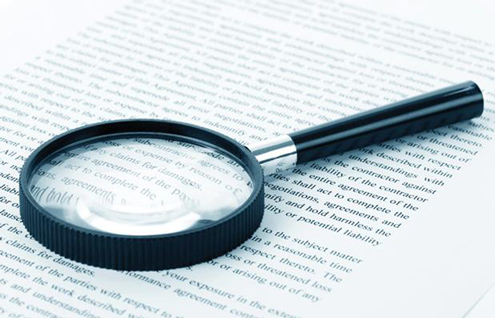This guide is intended to help you learn or revise for your English Language A level course. In writing it, I’ve tried to tackle the analysis of language and texts in a particularly straightforward way in the hope that it will appeal especially to you if you are feeling a bit ‘lost’ by this often complex subject, one that can so very easily, for many students, seem more different from English at GCSE than they ever imagined, and, well, none-too-easy.
- The guide can be used at any time during your course – as an introduction, as a refresher or for exam revision.
On the next page are two texts, typical of the kind you will analyse during your course. Have a look at them now. They have two uses. The most important by far is for you to refer to them as you read through each section of the guide. By analysing actual texts as you read about new concepts and terminology, you’ll be putting what you are learning or revising into action. You’ll be ‘making it your own’. This will surely help cement the concepts more effectively into your memory banks ready for future use. The two texts have also been occasionally referred to in the guide to help show how certain language features work, that is, the effects they create, the methods used and the purposes intended. These are both “media texts? and written / printed. To keep the guide shorter, conversation analysis has not been included here.
- The triplet of ‘EFFECTS > METHOD > PURPOSES’ is, you’ll discover,…
